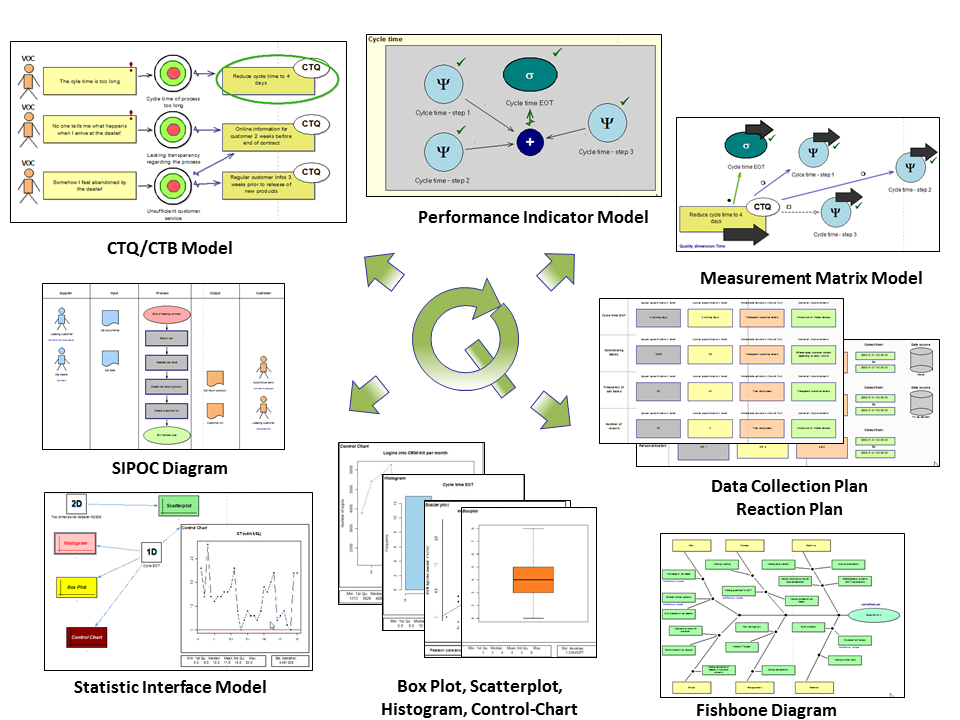Details
RUPERT is a tool which supports the systematic conduction of quality management projects that aim at process improvement. The tool builds on the so-called BPI Roadmap, which consists of well-established and easy to use BPI techniques that are beneficial for any improvement project in the service sector as well as in production industries. The major strength of the BPI Roadmap (resp. RUPERT) lies in the interdependencies between the BPI techniques. Thus, the results produced by a technique always build on the output generated by another technique in a prior step. By that, consistent and valuable results are created in a project. In RUPERT, each technique is designed as a conceptual model type. Model types allow to visualize the results generated and facilitate their communication, documentation and processing.

Quality management and business process improvement (BPI) are of utter importance for companies facing constantly changing customer requirements and growing market transparency. The goal of BPI initiatives is to improve products and services to create highly satisfied customers and long-term customer relationships. Existing methods of quality management and BPI (e.g. Six Sigma, TQM, etc.) enable enterprises to optimize their business processes. This is achieved by applying method-specific techniques. However, regarding the variety of existing methods and techniques, most of the people in charge of quality initiatives are overstrained in selecting an appropriate approach for realizing a certain quality goal. Further, appropriate software to support quality management resp. BPI projects is missing in most cases.
The “BPI Roadmap” closes this gap. It provides a manageable set of BPI techniques that have already proven to be very helpful and beneficial for manifold process improvement projects. These techniques are logically arranged as a “roadmap” which coordinates their structured and systematic application. The roadmap covers all steps of a BPI project. Each BPI technique is easy to handle and learn. By that, also employees who are not yet familiar with the concepts of quality management and BPI, can directly use them for their initiatives.
Currently the BPI Roadmap comprises the following techniques:
- SIPOC Diagram
- CTQ/CTB Matrix
- Performance Indicator Model
- Measurement Matrix
- Data Collection Plan
- Histogram
- Box Plot
- Control Chart
- Scatterplot
- Ishikawa Diagram
- Affinity Diagram
- Reaction Plan


